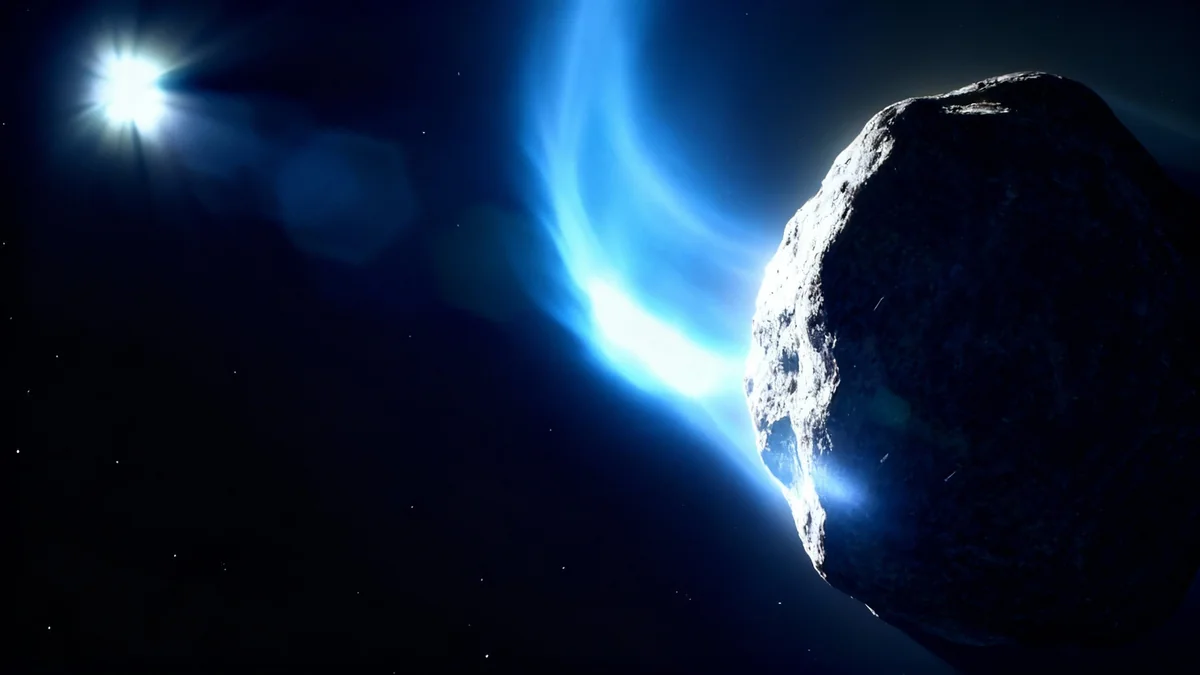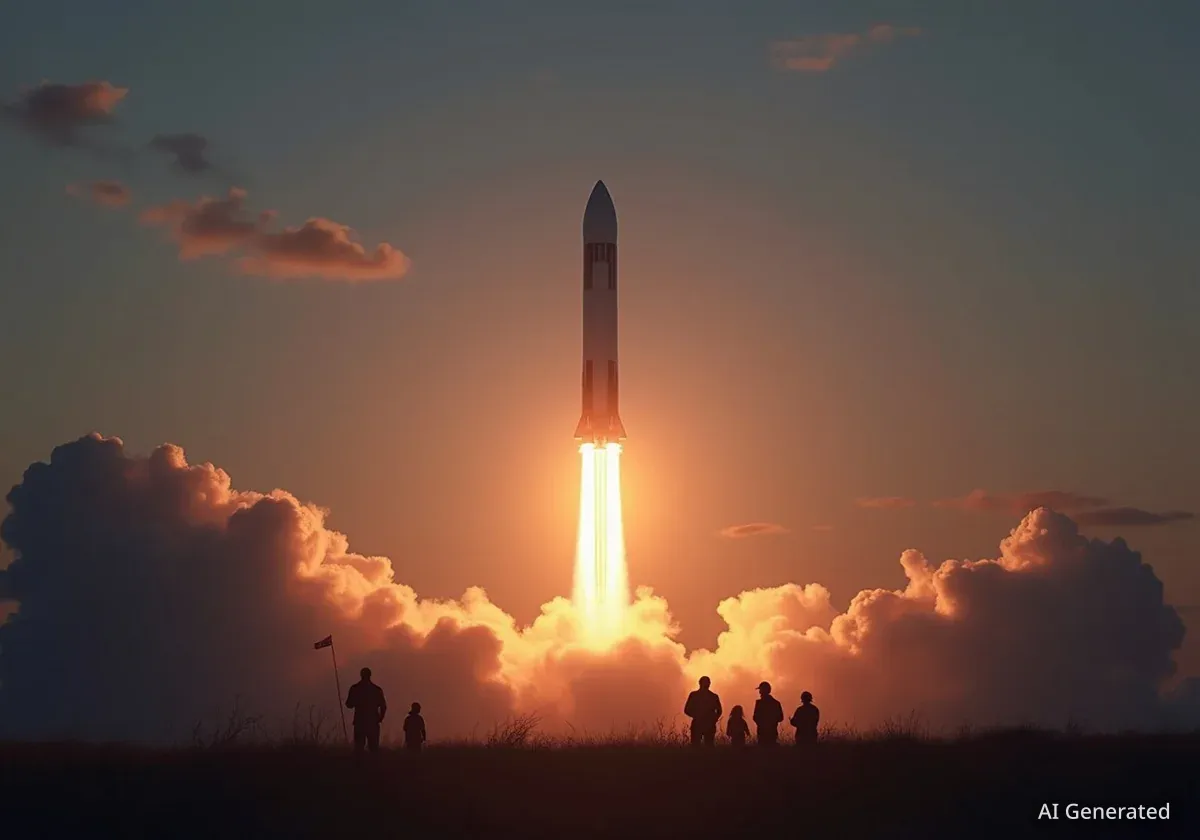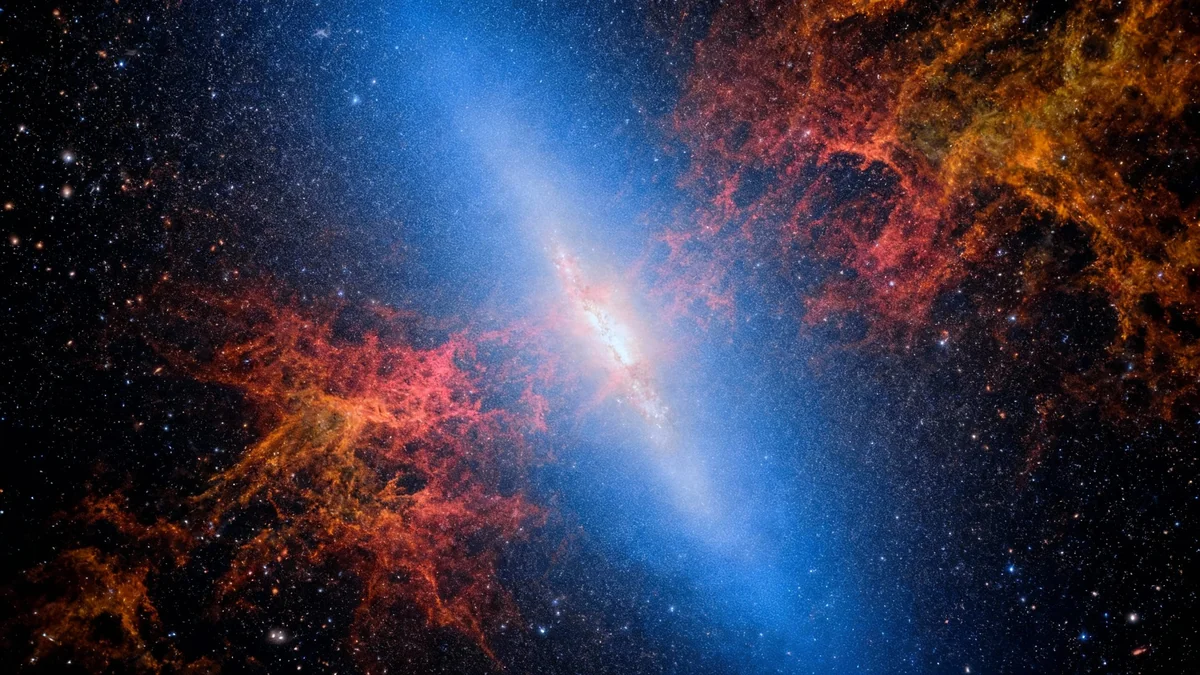Researchers in the United Kingdom have proposed a new method for detecting gravitational waves using a network of optical cavities. This approach could allow astronomers to study an unexplored frequency range, potentially revealing signals from cosmic events within our own galaxy long before large-scale space missions become operational.
The proposed system leverages existing technology from atomic clocks to search for ripples in spacetime in the milli-Hertz (mHz) band. This frequency range is expected to contain signals from binary systems of white dwarfs, neutron stars, and stellar-mass black holes.
Key Takeaways
- A new detector design using optical cavities has been proposed to find gravitational waves in the milli-Hertz frequency band.
- The technology is based on components used in modern optical atomic clocks and is currently available.
- This ground-based network could detect signals from binary star systems in the Milky Way, complementing future space missions like LISA.
- The method works by measuring phase shifts in light caused by passing gravitational waves, rather than changes in distance between mirrors.
A New Window on the Universe
Since the first detection of gravitational waves nearly a decade ago, observatories like LIGO, Virgo, and KAGRA have identified hundreds of events, primarily from merging black holes and neutron stars. These ground-based detectors operate in a frequency range of 10 Hz to 30 kHz.
At the other end of the spectrum, pulsar timing arrays have found evidence of a nanohertz gravitational wave background. However, a significant gap remains in the milli-Hertz band, which falls between 10⁻⁵ Hz and 1 Hz. This is a critical frequency range that scientists believe is rich with information.
The Unexplored Milli-Hertz Band
The milli-Hertz (mHz) frequency band is a crucial target for gravitational wave astronomy. It is expected to contain continuous signals from thousands of binary systems in the Milky Way, including pairs of white dwarfs, neutron stars, and stellar-mass black holes. Detecting these signals would provide invaluable data for testing models of stellar evolution and galactic dynamics. Major space-based projects like LISA are being developed specifically to target this band, but they are still many years from launch.
The new proposal, detailed in the journal Classical and Quantum Gravity, outlines a way to probe this mHz band using compact, ground-based detectors. This could significantly accelerate the exploration of this new astronomical window.
Leveraging Atomic Clock Technology
The proposed detector design originated from the QSNET collaboration, a project within the UK’s Quantum Technology for Fundamental Physics (QTFP) programme. According to Giovanni Barontini at the University of Birmingham, the program fostered unique collaborations.
“The QSNET project was a network of clocks for measuring the stability of fundamental constants,” explained Barontini. “This programme brought together physics communities that normally don’t interact, such as quantum physicists, technologists, high energy physicists, and astrophysicists.”
This multidisciplinary effort led to the realization that technology used for ultra-precise timekeeping could be repurposed for gravitational wave detection. The core of the proposed system is the ultrastable optical cavity, a key component in modern optical atomic clocks.
How the Detector Works
In an optical cavity, light from a highly stable laser bounces between two mirrors. The system is tuned so that only light at specific resonant frequencies can exist within the cavity. When this light is linked to a specific atomic transition, its frequency becomes exceptionally precise.
While a passing gravitational wave does not cause a measurable change in the distance between the mirrors, the researchers concluded that it does alter the phase of the light circulating inside. This subtle phase shift, they argue, is detectable with the most advanced optical cavities available today.
A Different Kind of Measurement
Unlike interferometers such as LIGO, which measure tiny changes in the length of their detector arms, this new method focuses on detecting a phase shift in the light itself. This approach makes it possible to build a much more compact detector, as it does not require kilometers-long vacuum tubes.
“Ultrastable cavities are a main component of modern optical atomic clocks,” Barontini stated. “We demonstrated that they have reached sufficient sensitivities to be used as ‘mini-LIGOs’ and detect gravitational waves.”
A Global Network of Compact Detectors
The proposed detector would consist of two optical cavities positioned at a 90-degree angle to each other. Each cavity would operate with a different frequency of light, and a third frequency would be provided by an atomic reference. A gravitational wave passing through the setup would cause a detectable change in the way these three frequencies interfere with each other.
The team suggests that multiple such detectors could be linked together to form a global, ground-based network. Such a network would not only confirm a detection but could also pinpoint the source of the gravitational waves in the sky.
Vera Guarrera, a member of the research team, highlighted the synergy between different fields of physics.
“Methods from precision measurement with cold atoms can be transferred to gravitational-wave detection,” said Guarrera. “By combining these toolsets, compact optical resonators emerge as credible probes in the milli-Hz band, complementing existing approaches.”
Accelerating Astrophysical Discoveries
The primary advantage of this proposed method is its reliance on existing, high-precision technology. This could allow scientists to begin searching for mHz gravitational waves much sooner than anticipated, without waiting for costly and complex space missions to be built and launched.
Xavier Calmet of the University of Sussex emphasized the scientific potential of opening this new observational window.
“This detector will allow us to test astrophysical models of binary systems in our galaxy, explore the mergers of massive black holes, and even search for stochastic backgrounds from the early universe,” Calmet explained. “With this method, we have the tools to start probing these signals from the ground, opening the path for future space missions.”
The ultimate vision is a worldwide collaboration. “Hopefully this work will inspire the build-up of a global network of sensors that will scan the skies in a new frequency window that promises to be rich of sources – including many from our own galaxy,” Barontini added.





